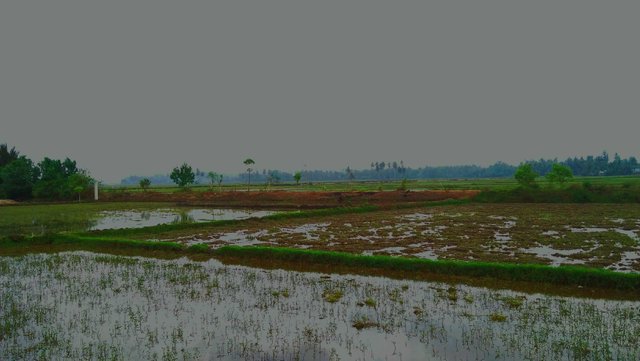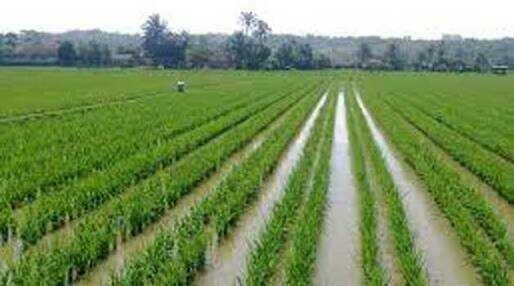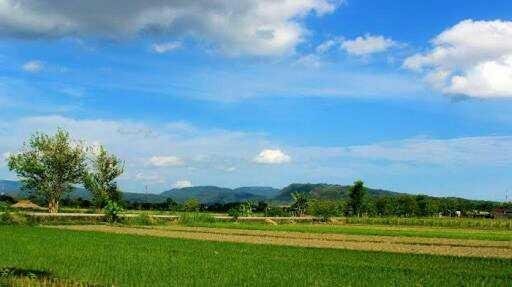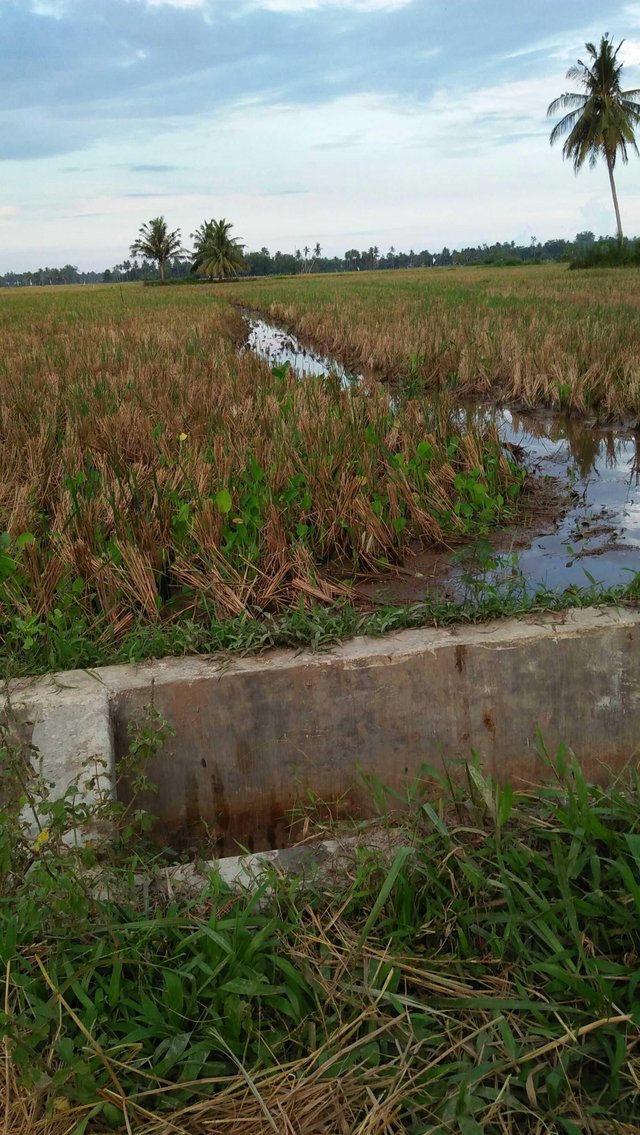Rice fields are cultivated land and irrigated for planting rice. For this purpose, the paddy field should be able to support the pool of water because rice requires flooding for a certain period of growth. To irrigate the rice fields are used irrigation systems from springs, rivers or rainwater. The last rice field is known as rain-fed rice field, while the other is irrigated rice field. Rice grown in rice fields is known as wetland rice (lowland rice). 
On high-pitched land, paddy fields are printed on terraces or better known terraces or swales to avoid erosion and retain water. Terraced rice terraces are found on the hillsides or mountains in Aceh especially takengon. 
A study published by the Proceedings of the National Academy of Sciences of the United States of America found that all types of rice cultivated today, both of the indica and japonica species, belonged to a wild rice species of Oryza rufipogon present in 8200 years to 13500 years ago in China. Rice fields are cultivated in countries such as Bangladesh, China, Philippines, India, Indonesia, Iran, Japan, Cambodia, South Korea, North Korea, Laos, Malaysia, Myanmar, Nepal, Pakistan, Sri Lanka, Taiwan, Thailand and Vietnam. Paddy rice is also grown in Europe as in Piedmont (Italy) and Camargue (France). 
Rice fields are one of the main sources of atmospheric methane emissions and are estimated to emit between 50 and 100 million tons of methane gas per year. A study showed that drying the rice fields temporarily while aerating the soil is beneficial to disrupt methane gas emissions and also increase rice yield. 